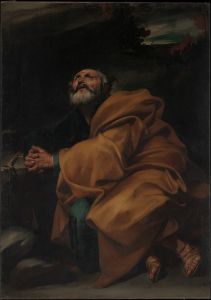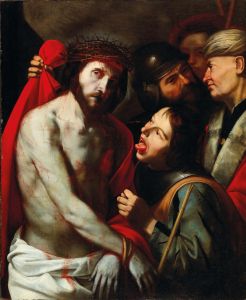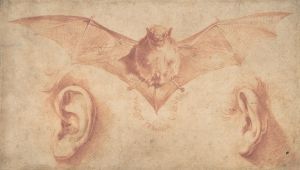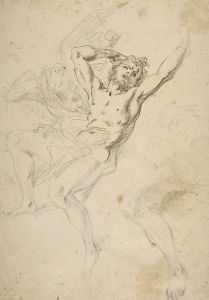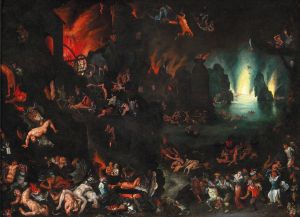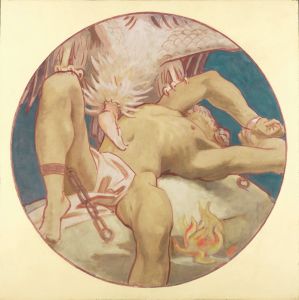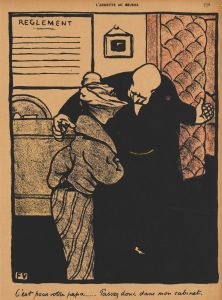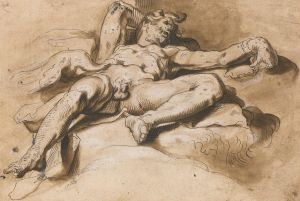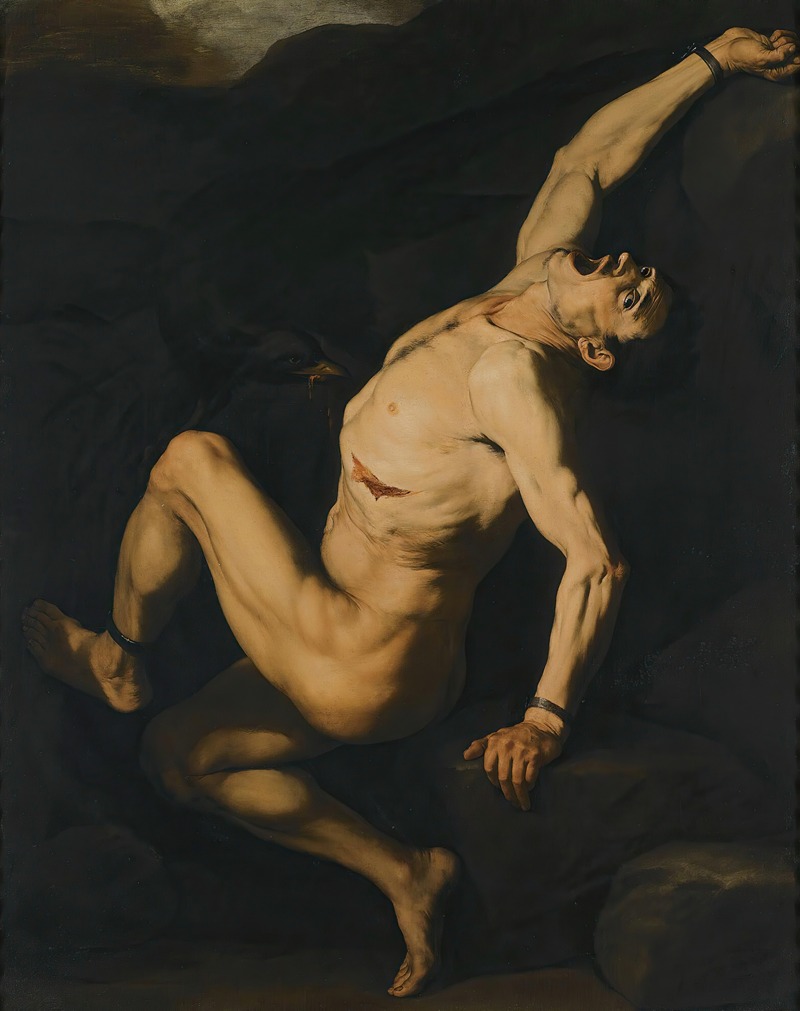
Prometheus
A hand-painted replica of Jusepe de Ribera’s masterpiece Prometheus, meticulously crafted by professional artists to capture the true essence of the original. Each piece is created with museum-quality canvas and rare mineral pigments, carefully painted by experienced artists with delicate brushstrokes and rich, layered colors to perfectly recreate the texture of the original artwork. Unlike machine-printed reproductions, this hand-painted version brings the painting to life, infused with the artist’s emotions and skill in every stroke. Whether for personal collection or home decoration, it instantly elevates the artistic atmosphere of any space.
Jusepe de Ribera, a prominent Spanish painter of the Baroque period, is renowned for his dramatic and realistic depictions of religious and mythological subjects. One of his notable works is "Prometheus," a painting that exemplifies his mastery in capturing human emotion and physicality. Ribera, who spent much of his career in Naples, was heavily influenced by the tenebrism of Caravaggio, which is evident in the stark contrasts of light and shadow in his works.
"Prometheus" is a powerful representation of the Greek mythological figure who defied the gods by stealing fire from Mount Olympus and giving it to humanity. As punishment, Zeus condemned Prometheus to eternal torment, having him bound to a rock where an eagle would eat his liver daily, only for it to regenerate each night. This myth has been a popular subject in art due to its themes of rebellion, suffering, and the quest for knowledge.
In Ribera's depiction, Prometheus is portrayed in a moment of intense agony and defiance. The painting captures the raw physicality of his suffering, with the figure's muscular form contorted in pain. Ribera's use of chiaroscuro—contrasting light and dark—enhances the drama of the scene, drawing the viewer's eye to the central figure of Prometheus, whose expression conveys both anguish and resilience.
Ribera's attention to anatomical detail is evident in the realistic rendering of Prometheus's body, showcasing his skill in depicting the human form. The texture of the skin, the tension in the muscles, and the play of light across the figure all contribute to the painting's visceral impact. The eagle, a symbol of Zeus's wrath, is often depicted in the act of attacking Prometheus, adding to the dynamic composition of the work.
The painting reflects Ribera's interest in the human condition, exploring themes of suffering and endurance. His works often focus on the darker aspects of human experience, and "Prometheus" is no exception. The painting invites viewers to contemplate the consequences of defiance and the price of knowledge, resonating with the broader human struggle for freedom and enlightenment.
Ribera's "Prometheus" is housed in the Museo del Prado in Madrid, where it continues to be a subject of study and admiration. The painting is a testament to Ribera's ability to convey complex narratives and emotions through his art, solidifying his reputation as one of the leading figures of the Spanish Baroque.
Through "Prometheus," Ribera not only showcases his technical prowess but also engages with timeless themes that continue to captivate audiences. His work remains an important part of the artistic canon, offering insight into the Baroque period's fascination with drama, emotion, and the exploration of human nature.







